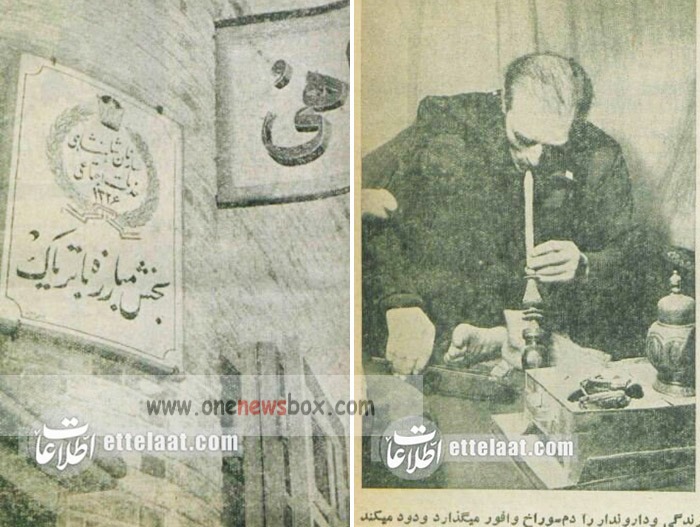The persistence of opium use forced successive governments to adopt pragmatic approaches. At times, licenses were granted to distribute opium legally to addicts, under the justification that sudden prohibition would create social instability. At other times, crackdowns intensified, leading to mass arrests and closures. The events of 1955 illustrate this tension perfectly: even as the government supplied opium officially, it also allowed police raids and attacks on independent dispensaries.
The Underground Survival of Dispensaries
Despite official bans, dispensaries survived, often under the guise of juice shops, tea houses, or private residences. Their persistence reflects not only the high demand for opium but also the failure of the state to fully penetrate urban neighborhoods. In working-class districts of Tehran, dispensaries functioned as social centers, offering both escape and solidarity. For many poor Iranians, the pacharagh was a space of community as much as vice.
Police raids did not eradicate these institutions; rather, they pushed them further underground. Oral histories from Tehran in the 1950s and 1960s suggest that residents often knew the locations of such establishments, even when authorities turned a blind eye. This uneasy coexistence between law enforcement and underground culture mirrored broader patterns of Iranian modernity, where tradition and reform clashed without resolution.

